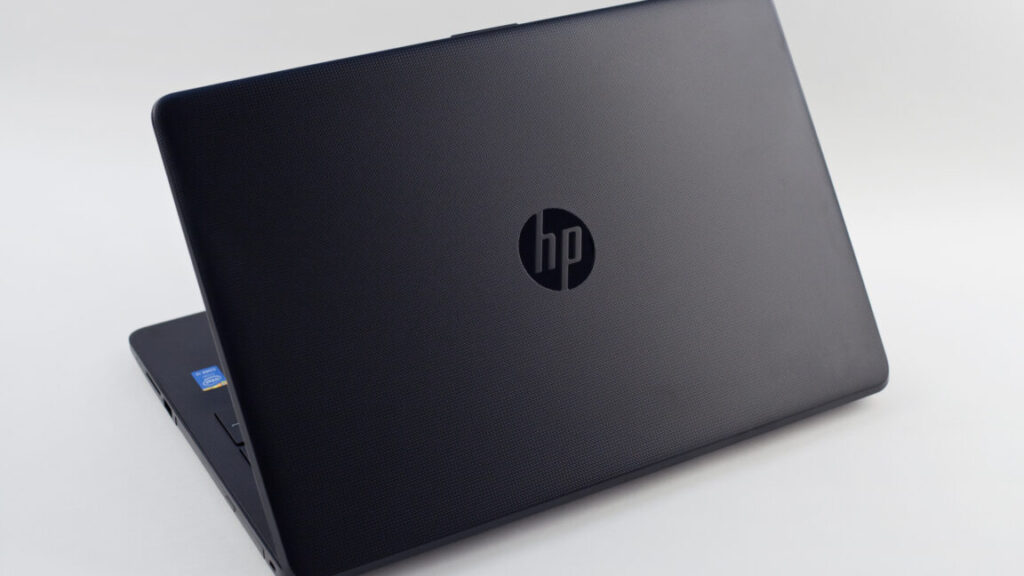HP agrees to $4M settlement over claims of “falsely advertising” PCs, keyboards
HP Inc. has agreed to pay a $4 million settlement to customers after being accused of “false advertising” of computers and peripherals on its website.
Earlier this month, Judge P. Casey Pitts for the US District Court of the San Jose Division of the Northern District of California granted preliminary approval [PDF] of a settlement agreement regarding a class-action complaint first filed against HP on October 13, 2021. The complaint accused HP’s website of showing “misleading” original pricing for various computers, mice, and keyboards that was higher than how the products were recently and typically priced.
Per the settlement agreement [PDF], HP will contribute $4 million to a “non-reversionary common fund, which shall be used to pay the (i) Settlement Class members’ claims; (ii) court-approved Notice and Settlement Administration Costs; (iii) court-approved Settlement Class Representatives’ Service Award; and (iv) court-approved Settlement Class Counsel Attorneys’ Fees and Costs Award. All residual funds will be distributed pro rata to Settlement Class members who submitted valid claims and cashed checks.”
The two plaintiffs who filed the initial complaint may also file a motion to receive a settlement class representative service award for up to $5,000 each, which would come out of the $4 million pool.
People who purchased a discounted HP desktop, laptop, mouse, or keyboard that was on sale for “more than 75 percent of the time the products were offered for sale” from June 5, 2021, to October 28, 2024, are eligible for compensation. The full list of eligible products is available here [PDF] and includes HP Spectre, Chromebook Envy, and Pavilion laptops, HP Envy and Omen desktops, and some mechanical keyboards and wireless mice. Depending on the product, class members can receive $10 to $100 per eligible product purchased.
An amended complaint filed on July 15, 2022 [PDF] accused HP of breaking the Federal Trade Commission’s laws against deceptive pricing. Among the examples provided was Rodney Carvalho’s experience buying an HP All-in-One 24-dp1056qe in September 2021. The complaint reported that HP.com advertised the AIO as being on sale for $899.99 and featured text saying “Save $100 instantly.” The AIO’s listing reportedly had a strike-through price suggesting that the computer used to cost $999.99. But, per the complaint, “in the weeks and months prior to Carvalho’s purchase, HP rarely, if ever, offered his computer for sale at the advertised strike-through price of $999.99.” The filing claimed that the PC had been going for $899.99 since April 2021.
HP agrees to $4M settlement over claims of “falsely advertising” PCs, keyboards Read More »






